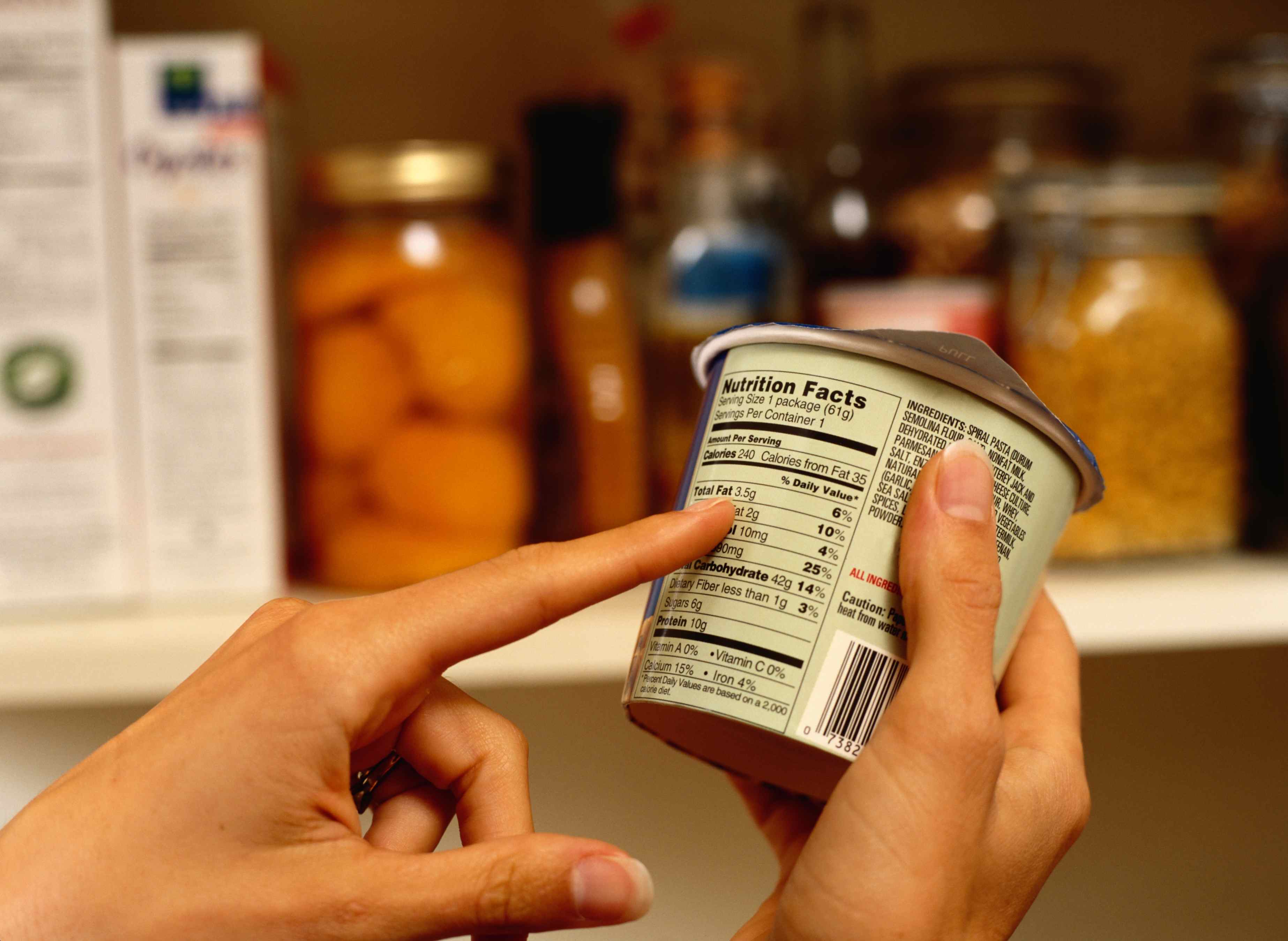 You shop for whole grains because they’re healthier than processed grains, but when faced with a choice between a whole grain cracker and a whole-wheat cracker do you know which to choose?
You shop for whole grains because they’re healthier than processed grains, but when faced with a choice between a whole grain cracker and a whole-wheat cracker do you know which to choose?
The nutrition facts label is supposed to make that decision easier, but even for the most ardent label readers, information often falls short.
I attended a popular session on food labeling at a recent nutrition conference. The speaker discussed supermarkets’ and other companies’ attempts to use a simple symbol or rating system to help consumers judge a food’s healthfulness. It turns out to be a difficult task. No one thing makes a food healthful or unhealthful – and rating foods can be misleading. For example, in one rating system from 0-100 (higher is better), 100% whole wheat bread scores 36 and reduced fat potato chips score 31.
Although the Food and Drug Administration is considering ways to simplify the label, any changes will take some time to show up in the store, so how can you make the best choices based on the current label?
Of course, no one food or meal will make or break your path to health. Research shows that your overall pattern of eating, day in and day out, is what counts most. AICR’s New American Plate is an easy, evidence-based and visual guide to use as an overall plan.
Your grocery cart can reflect the 2/3-1/3 rule: 2/3 or more plant foods and 1/3 or less animal foods.
Then use these three steps to help you navigate the food label to meet your needs.
- Do the Math. All the information on the label refers to a single serving, so you always want to look at the number of servings in the package – you will get 300 calories if the calories are listed as 150 and there are 2 servings per container.
- Prioritize. Focus on what 2 or 3 things you would expect to get from that food. If it’s a vegetable, you’d expect at least 1 or 2 grams of fiber and very little sodium if it’s fresh, so if choosing canned or frozen, try to get those nutrients as close as possible. Choosing crackers? Grains naturally contain fiber and little fat, so healthier crackers would reflect that. And you might check the ingredient list to see if whole wheat is listed first.
- Compare foods. If you want lower calorie options, you can look at calories per slice when choosing between two 100% whole wheat bread choices. Or compare how many grams of protein are in a veggie burger. You probably want at least 8 or 10 grams if that is your main protein source in a meal.
So which cracker is it – whole grain or whole wheat? To choose the one with the most whole grain, start with the ingredient list – the first ingredient should be whole wheat or another whole grain such as oats or rye. You can also look for the higher fiber choice.
Find more information on using labels here.
You can see some creative ideas from a university project for a new nutrition label design in this news article.





